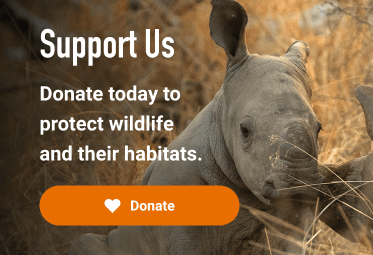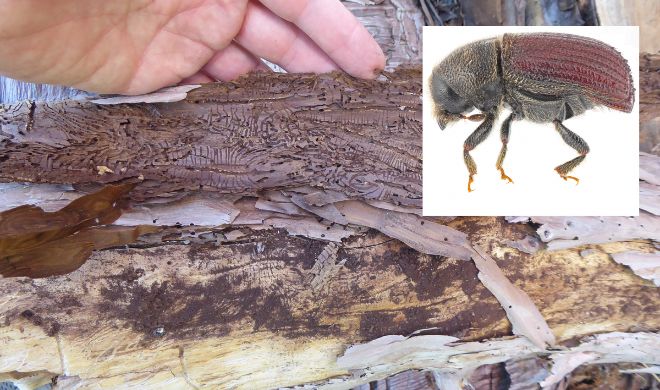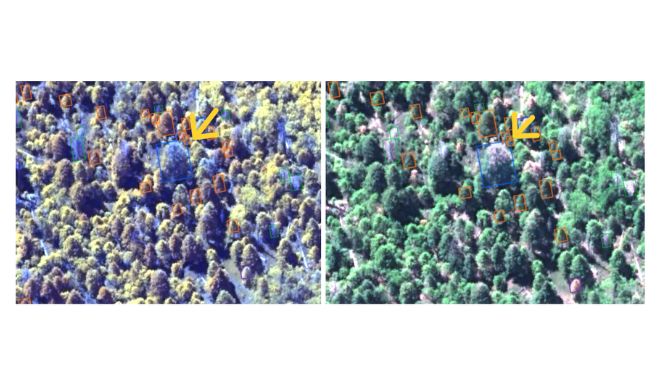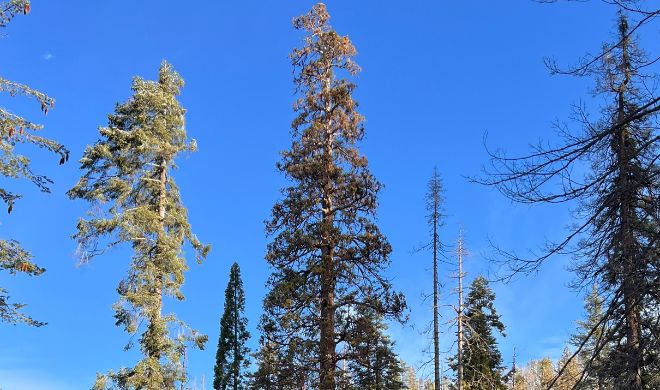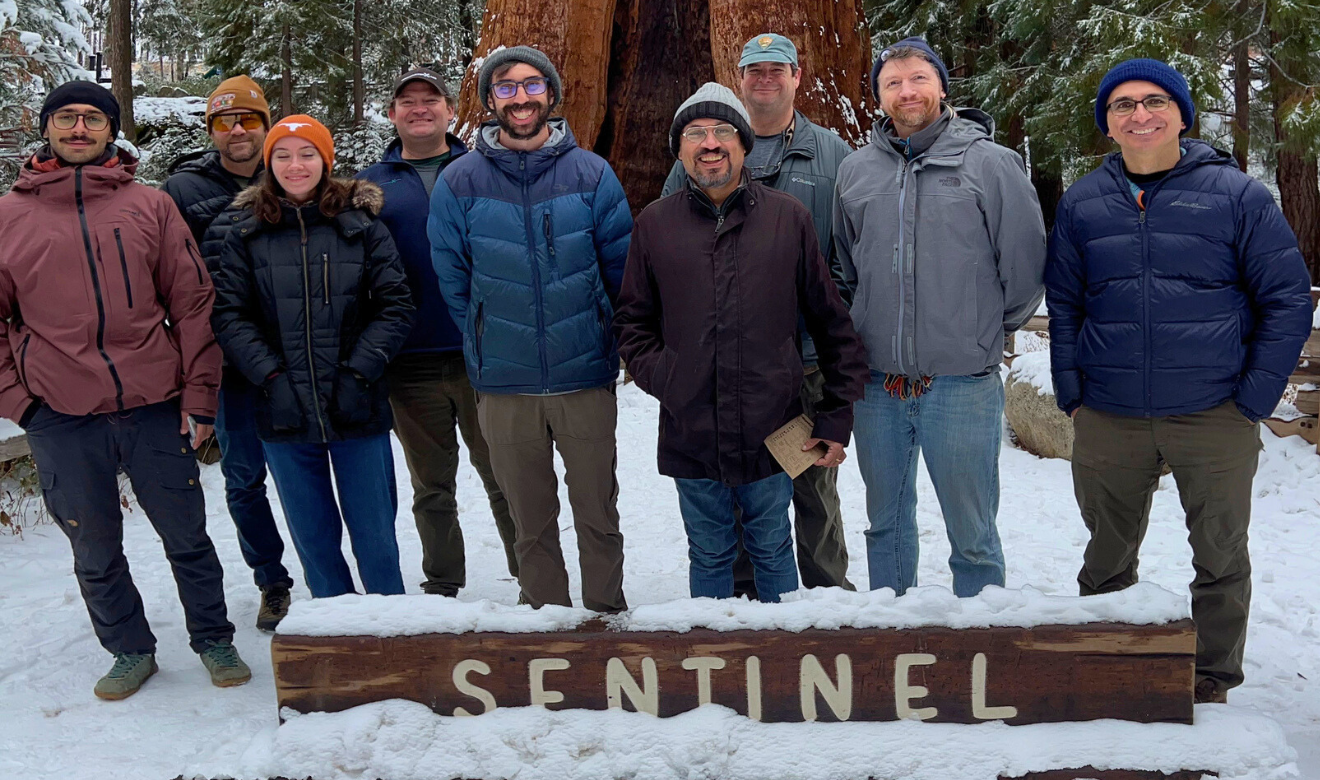Creating an early warning system for Giant Sequoia infestation
Partners: Conservation X Labs and Airbus Foundation
Key Species: Giant Sequoia
2025 Award Winner
Giant Sequoia forests are breathtaking, ancient sentinels towering skyward for over 3,000 years. As ecosystem engineers, they shape habitats, regulate water, stabilise soil and store vast carbon. Their survival is vital for local biodiversity and climate resilience.
But these giants are in peril. In just five years, climate-driven wildfires have destroyed nearly 20% of the global sequoia population. Drought has weakened their defences, enabling bark beetles to spread rapidly. Once resisted, these tiny invaders now kill trees in just 18 months. Without rapid intervention, we risk losing this beloved tree species.
Over their immense lifespans, a single tree can store up to 3,000 tons of carbon, making their preservation a priority. However, traditional ground surveys to track and mitigate bark beetle infestations are costly, time-consuming and often detected too late to prevent widespread damage.
Converging AI and satellite technology to save sequoias
How can we stop this crisis? It starts with knowing where sequoias stand and monitoring the health of the individual sequoia trees at risk. The Wild Me Lab of Conservation X Labs, with support from the Airbus Foundation and the Connected Conservation Foundation, is pioneering an early warning system using AI and high-resolution satellite imagery to detect infestations early. This scalable approach aims to empower landowners, including the U.S. National Park Service and Giant Sequoia Lands Coalition, to rapidly identify, isolate and treat affected trees.
Tracking the health of giant Sequoias from above
Donated high-resolution satellite imagery will monitor sequoia canopies. AI models custom-developed by Wild Me will scan for early signs, such as discolouration caused by beetle infestation. Georeferenced, timely results will allow land managers to verify cases on-site and apply targeted treatments like insecticide injections in the canopy.
This initiative will build upon Wild Me’s open-source Scout platform, originally developed for large-scale aerial wildlife surveys. By adapting this technology for Giant Sequoia monitoring, Conservation X Labs aims to bridge the gap between AI and conservation, transforming and accelerating data into actionable insights.
Turning data into action
In the long term, this project aims to help reverse the alarming trend of Giant Sequoia die-offs caused by bark beetle infestations. Combining early detection with targeted land management provides a clear pathway to halt the spread of this threat. This approach aims to equip grove managers with essential monitoring tools and empowers them to take proactive measures, boosting the survival rates of these ancient trees.


